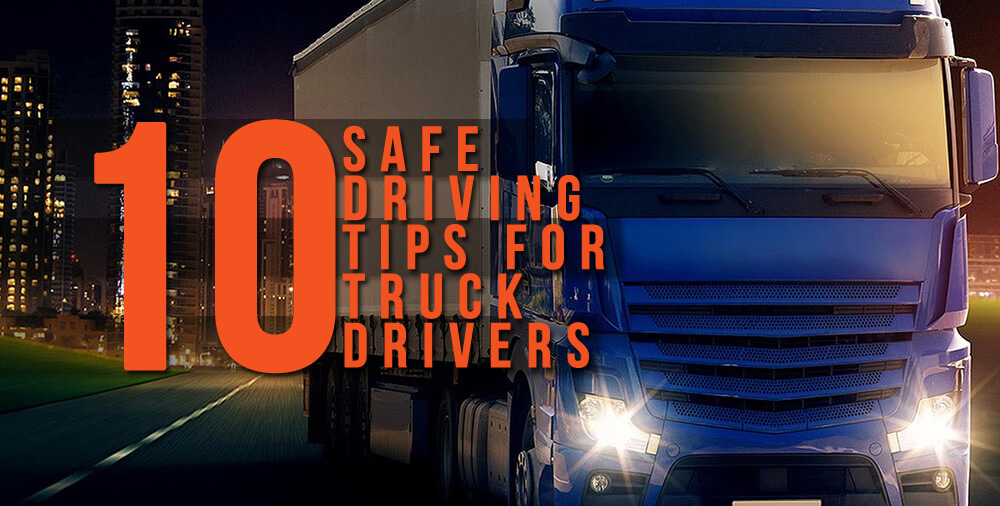If a call is unnecessary or you consider it unsafe to answer at the time, don’t answer the call. Let it divert to voicemail or an answering service and return the call later when the truck is parked safely.
Whenever possible plan your trip and make calls when the truck is safely parked.
If you stop to answer, make a call or retrieve a message, pull over carefully in a safe area, such as a heavy vehicle rest area. Don’t stop where you could be a hazard to other vehicles, pedestrians or yourself.
In Australia it is illegal to use a mobile phone while driving unless you use a hands-free in-vehicle-kit or portable hands-free device. There are a range of pre-fitted and retrofit truck kits available, or if you have a portable hands-free device, make sure it is set up and working before you start to drive. A hands-free device can reduce the physical effort to make and receive calls; however, it alone doesn’t make using a mobile phone while driving safe.
Always let the person you’re speaking to know that you are driving. This lets them know you may not always respond immediately and reminds you that driving safely is your first priority. “Hello, I’m in the truck at the moment…”
Always keep both eyes on the road and never take notes during a call. Don’t read or send SMS (Short Messaging Service) while driving. If required, use a directory assistance service which connects you directly to the number and don’t look up phone numbers from your phone’s memory.
Don’t accept or make calls if traffic, weather or road conditions could make it unsafe to do so. Also, even if the traffic conditions are light, always tell the person you are speaking to that you’re driving and you may have to end the call if driving conditions change.
If a call becomes complex or emotional tell the person you are speaking to that you are driving and end the call. Complex and emotive conversations on a mobile phone and driving don’t mix – they are distracting and can be dangerous.
Before using your phone while driving, carefully read your phone’s instruction manual and learn to use the speed dial and redial features. If possible, use a phone with voice activated dialing and automatic answering features to reduce the effort to make and receive a call.
Dial ‘000’ or ‘112’ in case of fire, traffic accident, road hazard or medical emergency. Both ‘000’ and ‘112’ are free calls and will connect you to emergency services.See AMTA’s brochure for truck drivers (pdf) for more advice and also have a look at our summary of research on mobile phone use by truck drivers.





